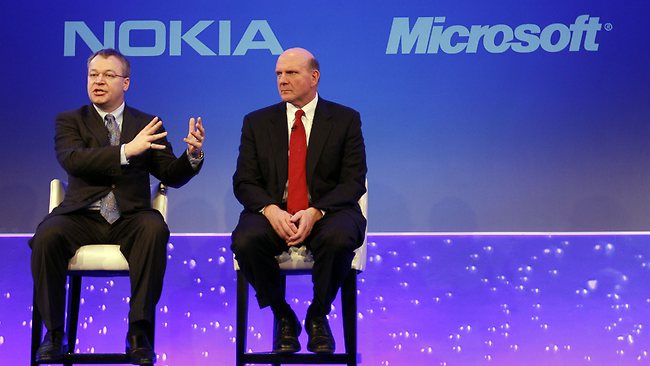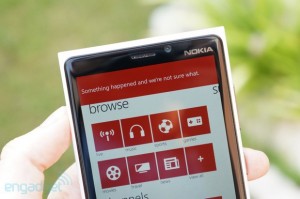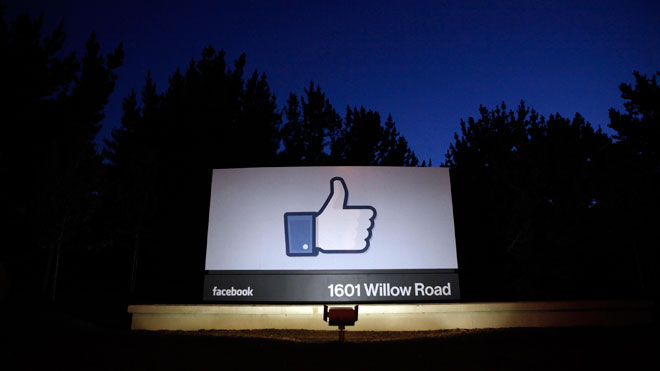 Microsoft has ceded to the inevitable and entered an agreement to buy Nokia’s mobile division – which we take it means ‘phones’- outright. The deal is worth $7.1bn and if Nokia CEO Stephen Elop replaces the retiring Steve Ballmer of Microsoft as widely predicted, this could be a transfer deal to leave even the most ardent footie fan slack jawed.
Microsoft has ceded to the inevitable and entered an agreement to buy Nokia’s mobile division – which we take it means ‘phones’- outright. The deal is worth $7.1bn and if Nokia CEO Stephen Elop replaces the retiring Steve Ballmer of Microsoft as widely predicted, this could be a transfer deal to leave even the most ardent footie fan slack jawed.
The story is arguably the coming together of two of the biggest former greats in the business. In the 1990s and early 2000s, Microsoft looked unassailable – Microsoft Office wastheoffice automation program, and although there were alternatives Microsoft Windows was the de facto choice for most people. It owned 95% of the desktop market. Nokia, meanwhile, had the only smartphones on the market worth mentioning that weren’t BlackBerry branded.
Loads of this changed in the middle of the last decade. First Apple launched the iPhone just as Research In Motion (now called BlackBerry) started to see its fortunes decline. This offered simplicity and elegance – and by all means a substantial ticket price – compared to Nokia’s offerings, which were pretty much smartphones for only the smartest owners who could get past the complex operating system and make the thing do something.
Google soon joined in, sacrificing some of the elegance for openness and price competitiveness. Nokia started to look antiquated and made some bad decisions, starting to develop a simpler operating system and then abandoning it, and finally getting into bed with Microsoft without actually abandoning its Symbian operating system (or at least not saying so in public).
Tablets
Then Apple released the iPad. A stunning piece of technology, its critics said it was the ultimate in form over substance as buyers queued up to spend their money on something whose purpose they hadn’t actually fathomed. Google licensed people to follow this with Android tablets and very quickly this new form of computing (for ‘new’ read ‘Microsoft and its OEMs had worked on tablets in the 1990s but with none of the panache) started to outpace the more established laptops.
We quickly reached the stage at which Microsoft had started to trail – the dead duck that was Windows Vista did little to help at a crucial time. X-box aside, Microsoft had become an also-ran in a market it previously owned.
The coming together of these two former leaders is not a guaranteed recipe for success. The Windows Surface tablets have performed OK but not spectacularly while manufacturers of Windows Phones who aren’t called Nokia may feel very strongly about their position.
However, in spite of falling market shares the companies are still in a commanding position. What’s needed now is revamped, better leadership to ensure innovation, keener pricing and a push back towards the top rather than the also-ran that Windows Phone is threatening to become.
@rrajowan / eNewsDesk




































